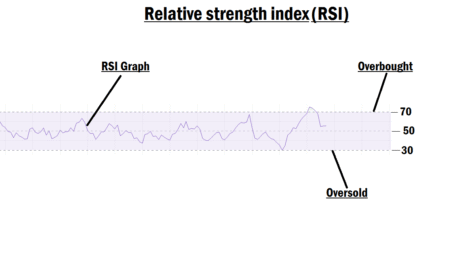The ICT Liquidity Concept in Forex Trading Explained
In today’s lesson, we will dive deep into one of the most essential principles in the ICT (Inner Circle Trader) methodology, “the concept of liquidity in forex trading.”
Price movement in the forex market doesn’t happen randomly. It is largely driven by two fundamental forces: the search for liquidity and the effort to fill imbalances, such as market gaps or Fair Value Gaps (FVGs). While we’ll address imbalances in a future lesson, today, our full attention will be on liquidity, how it works, why it matters, and how understanding it can be your game-changer in the market.
Why Understanding Liquidity Is Critical
Every candle you see on your chart is a reflection of price targeting liquidity. Liquidity acts like a magnet. It attracts price. If you don’t understand where and why price is moving toward certain levels, you’re simply guessing, not trading.
Liquidity is where money lies. It’s where orders accumulate, especially stop losses and pending orders. These areas are what institutional players (aka smart money or big players) seek out, and price naturally gravitates to these zones before major moves occur.
As a trader, mastering this concept will not only help you avoid being stopped out prematurely (liquidated), but it will also empower you to position your trades strategically, aligning with the movements of institutional money rather than getting crushed by them.
What Is Liquidity in the Forex Market?
In simple terms, liquidity refers to how easily a currency pair can be bought or sold without significantly affecting its price. A highly liquid market has a large number of buyers and sellers, allowing for quick and efficient trade executions with minimal slippage or price distortion.
In the forex market, pairs like EUR/USD or GBP/USD typically have high liquidity, while exotic pairs tend to be more illiquid.
But there’s more to it.
Smart money players, such as banks, hedge funds, and institutional investors, deal with large funds. So, when they enter the market, they require a pool of opposing orders to match their huge volume. It is why they intentionally move price into zones where liquidity is concentrated, often targeting the stop losses of retail traders.
How Smart Money Exploits Liquidity
Before placing their trades, big players use advanced tools and strategies, including market sentiment analysis, volume profiling, and algorithmic execution to find liquidity-rich zones. These are usually areas where clusters of stop-loss orders or breakout traders’ pending orders sit, especially around key highs and lows.
Once these zones are identified, smart money will manipulate price to sweep through these levels, trigger the retail orders, and gather the liquidity they need. Only after this sweep do they execute their actual trade, often causing a strong reversal or continuation move.
This process is what ICT traders refer to as:
- Accumulation – Consolidation phase (price moves sideways near key level)
- Manipulation – Liquidity sweep (price spikes to trigger stop losses)
- Distribution – Real price movement (the big move in the intended direction)

As a retail trader, your job is not to get caught in the manipulation phase. Instead, learn to identify it and wait for confirmation before entering your trade. Patience is your protection.
Example: Liquidity Trap in Action
Let’s say you’re monitoring GBP/JPY and planning to sell at a key resistance level around 1.2000. As the price approaches this level, retail traders begin shorting the market, placing stop losses just above, say at 1.2010.
Smart money sees this liquidity. What happens next?
They push price up, triggering those stop losses (grabbing liquidity), then reverse the market in the direction of the real move. Traders who entered early are wiped out. This is why you’ll often see a false breakout before a big drop or rally. It’s a classic liquidity sweep.
Where Is Liquidity Found on the Chart?
According to ICT principles, liquidity is commonly found at:
- Swing Highs (resistance zones)
- Swing Lows (support zones)
- Previous day/session highs and lows
- Trendline touches
- Equal highs/lows (double tops/bottoms)
These areas represent places where retail traders frequently place stop losses or pending orders. So naturally, price targets these zones before making a real move. It’s a harvest zone for smart money.
If you truly want to level up as a trader, start treating stop-loss levels as potential entry zones and treat consolidation ranges as warning signs for upcoming manipulation.
The Smart Trader’s Approach
Retail traders lose money not because they lack strategy, but because they often become liquidity providers unknowingly. They enter too early, place obvious stop losses, and get caught in the trap.
The smarter way?
- Identify accumulation/consolidation zones at key levels.
- Wait for the manipulation move, the liquidity sweep.
- Enter during the distribution phase, once confirmation of direction appears.
This method doesn’t guarantee success on every trade, but it significantly improves your win rate and risk-to-reward ratio.
Final Thoughts: Minimize Liquidation Risk
You can’t eliminate liquidation entirely, but with knowledge of liquidity mechanics, patience, and disciplined trade execution, you can avoid most of the traps set by the smart money.
Remember:
“The goal is not to beat the market, but to follow the money that moves the market.”
In our next lesson, we’ll explore Simple, Beginner-Friendly Trading Strategies to help you apply what you’ve learned in practical and profitable ways.
See you there!









